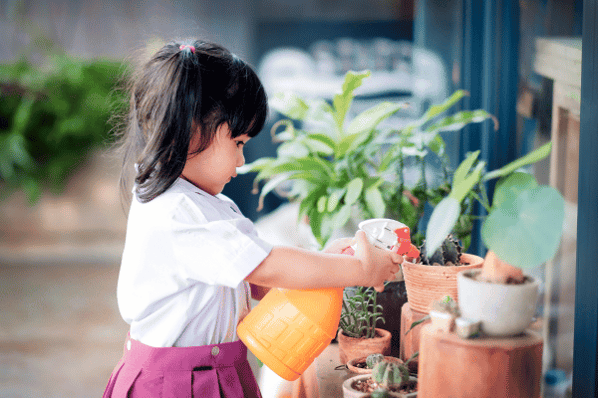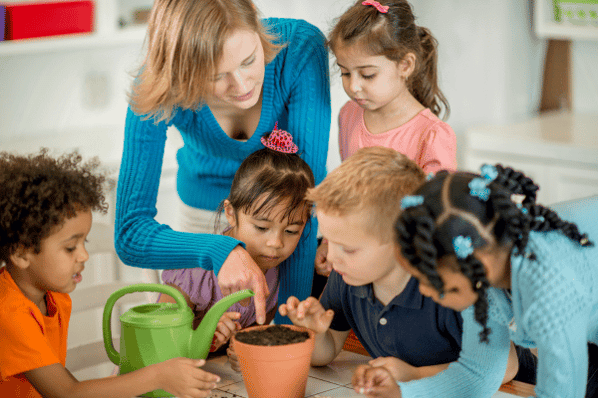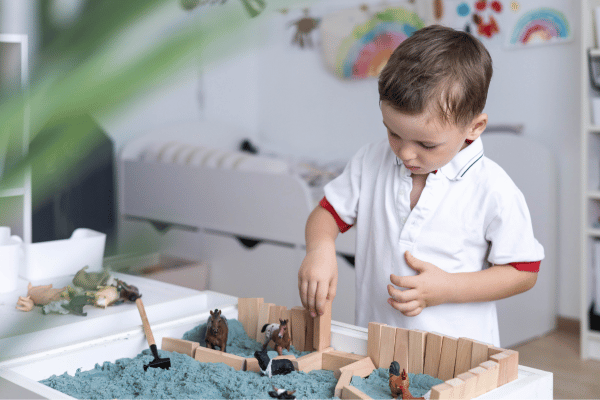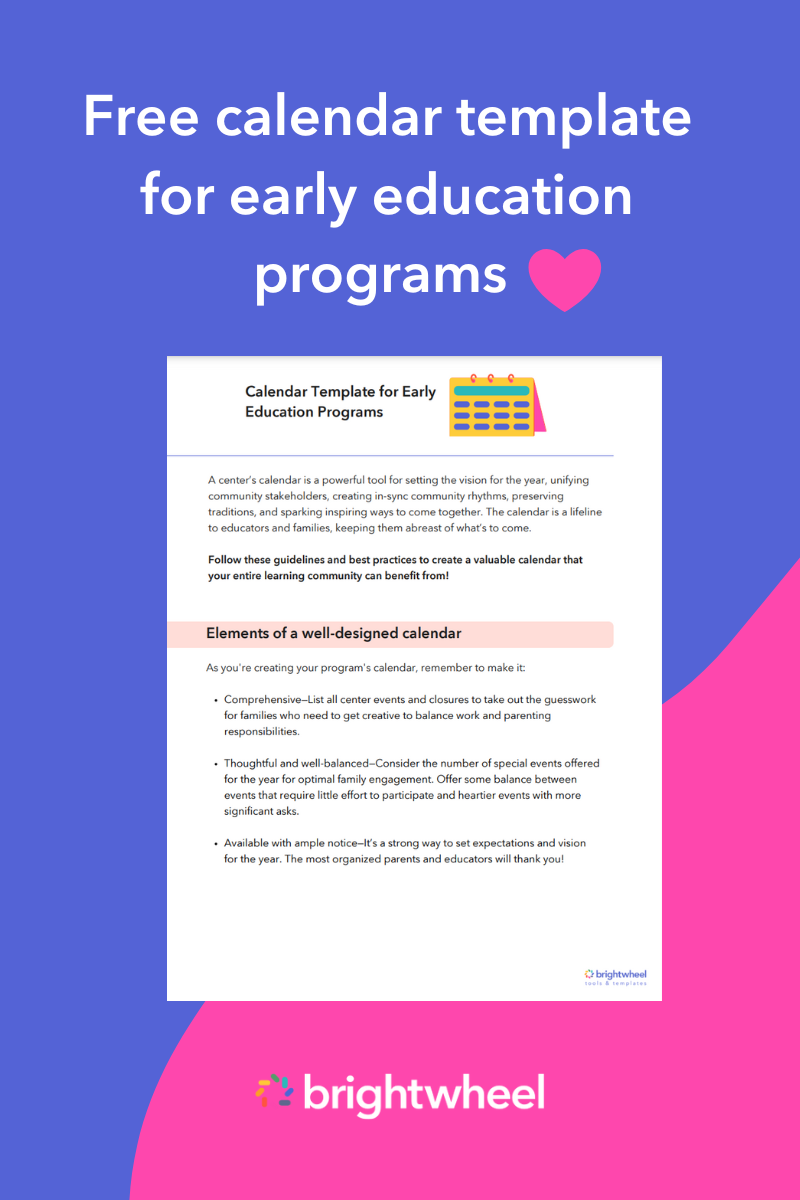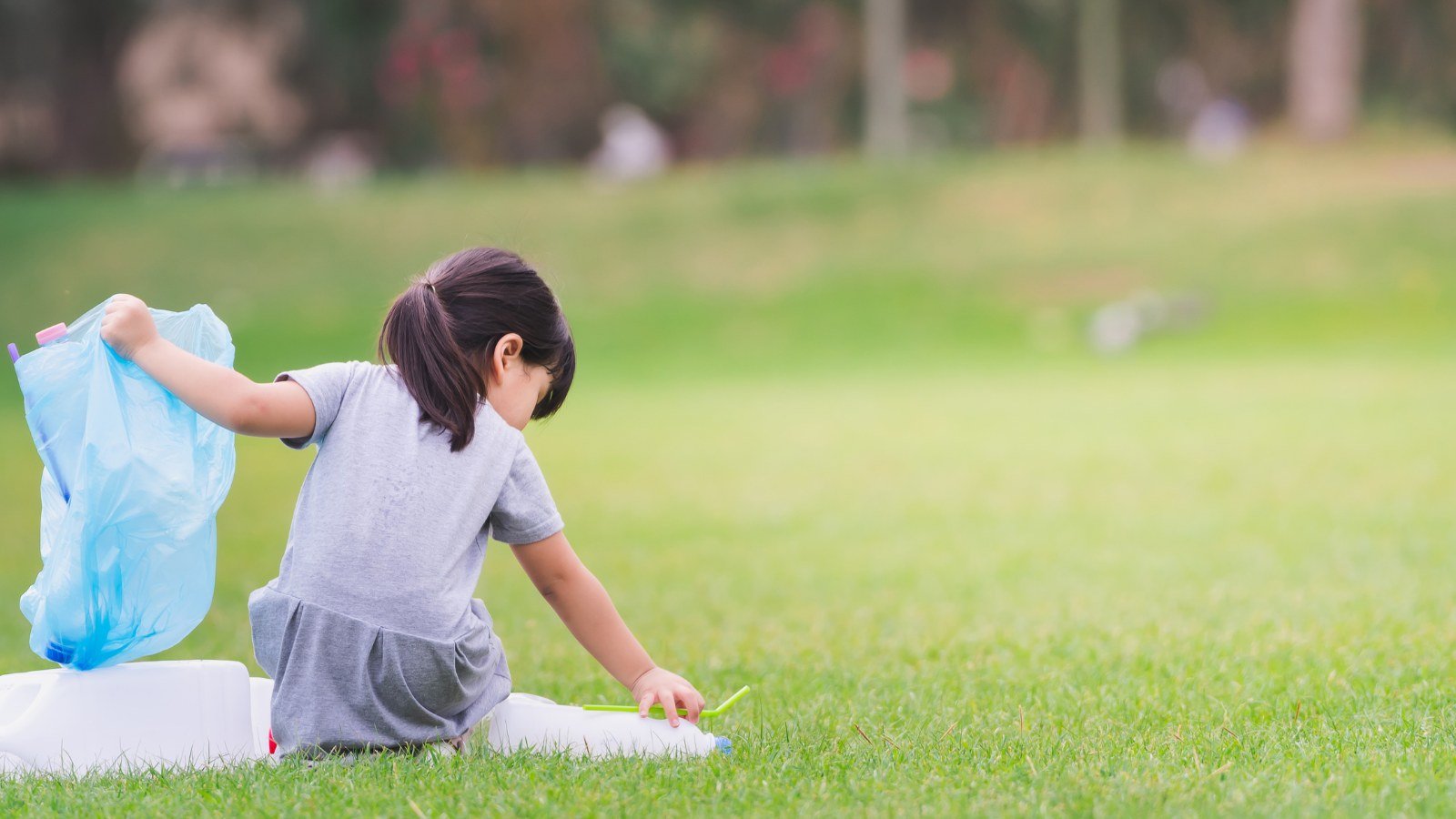
Around the world, people celebrate Earth Day on April 22. Earth Day offers an opportunity to inspire and educate children on crucial environmental topics like climate change, waste management, pollution, and recycling.
The primary focus when introducing this significant day to children is explaining the purpose behind the observance and highlighting the individual responsibility in preserving our planet's cleanliness. While environmental issues may seem complex, using simple acts like cleaning up trash can help children grasp the essence of Earth Day.
This article offers essential insights on how to teach preschoolers about Earth Day, emphasizes the importance of teaching them about this holiday, and suggests Earth Day lesson plans for your classroom.
What is Earth Day?
Earth Day is an annual event that celebrates our planet, while bringing awareness to the importance of protecting it.
This environmental movement began on April 22, 1970, when Wisconsin Senator Gaylord Nelson, Republican Congressman Pete McCloskey, and young activist Denis Hayes, organized a campus teach-in. It gained national attention and inspired 20 million Americans to demonstrate against the impacts of industrial developments on our health and planet.
In the 1990s, Earth Day went global, with 200 million people in 141 countries bringing light to environmental issues worldwide.
Today, it’s celebrated worldwide, with over a billion people participating in various activities and events annually, such as protests, strikes, mobilizations, parades, and festivals, to show their commitment to protecting the planet. It’s an opportunity to promote environmental awareness and encourage people to take action to preserve our world. The hope is that with enough support, we’ll adopt the global, national, and local policy changes that will help keep our planet safe.
Importance of teaching children about Earth Day
Teaching children about Earth Day instills a lasting desire and passion for ensuring the planet is clean and safe. Preschoolers are at an age where they’re eager to learn and absorb new information. Even though young children may be small, their influence is mighty. Even preschoolers can often influence their families to make better choices for the environment, such as recycling and turning off the water faucet when it’s not in use.
Fosters environmental stewardship
Teaching children about Earth Day helps instill a sense of responsibility towards the environment from a young age. This awareness encourages them to appreciate the natural world and understand the impact of their actions. By fostering environmental stewardship, children learn to make more sustainable choices and develop a lifelong commitment to caring for the planet.
Promotes critical thinking and problem-solving
Discussing complex environmental issues with children can promote critical thinking and problem-solving skills. By engaging them in discussions and activities related to Earth Day, children learn to think critically about the global challenges our planet faces and brainstorm potential solutions.
Encourages action
Earth Day is not just a day for learning, but also a day for taking action. By teaching children about the importance of Earth Day, they can feel empowered to make a positive impact on the environment. This can include participating in community clean-up events, reducing their waste and energy consumption, or implementing sustainable practices at home.
How to explain Earth Day to preschoolers
Preschool teachers play an essential role in teaching young children about Earth Day and environmental issues in an age-appropriate and engaging way. Here are some strategies you can use to explain Earth Day to your preschool class.
Include hands-on activities
Children often learn better and are more engaged with hands-on activities and experiences. For example, go on a nature walk and discuss how important the different things in nature are or how damaging it will be if we don’t have clean air or clean water. These types of activities can help children develop an active appreciation for nature and understand the importance of protecting it.
Use visuals
Another strategy is to use a variety of books and videos to explain environmental issues. There are numerous options available geared toward young children. They can be specifically about Earth Day or recycling, pollution, and our environment. You can even take a virtual or physical field trip to a local aquarium, zoo, or farm. When children have a visual, it can help bring environmental issues to life and make them more relatable.
Practice planet-friendly actions
You can also practice taking planet-friendly actions in the classroom. This can include simple things such as turning off the lights when you leave the room, recycling, or using a reusable water bottle instead of a plastic bottle. When you take these actions and explain the reason to your class, it will help drive home the importance of Earth Day and how their daily actions can help our planet.
Keep families informed about the Earth Day activities that are happening in your classroom with brightwheel's preschool daily report feature. Easily record photos, videos, and activities and share with families so they can reinforce the learning at home.
Earth Day preschool activities
Earth Day preschool activities don’t have to be complex; as such, be careful with your choice of words and explain this concept as simply as you can with facts and visuals. Here are some Earth Day preschool activities to incorporate into your classroom.
Planting
This activity will teach children the entire process of growing plants and even help them understand where the food they eat comes from. Using a simple container with your children, fill it with damp soil and plant a seed. Place it in an area with good lighting and keep watering it occasionally. As you do this, engage children and ask questions like, “Why do we water the seed?” or “Can you see the plant sprouting?”
Paper plate weaving
You will need scissors, durable paper plates, and green and blue yarn for this simple activity. Weaving yarn through paper plates will challenge children's fine motor skills and coordination. This activity time can also be used as an opportunity to spark conversations with children, such as stewardship of the Earth and the importance of keeping our planet green.
Clean up alphabet
This activity helps instill the importance of not littering and keeping the environment clean. This activity aims to make “a mess” and teach your children how to clean it up. You will need a marker, flashcards or scraps of paper, and one container.
Write each letter of the alphabet on a flashcard and spread the cards out on the floor. Have children pick up the flashcards and put them in the container. This activity teaches children how to clean up after themselves while also building knowledge of the alphabet.
Sensory play
Incorporate the Earth Day topic with an animal sensory activity to engage children's senses while discussing Earth's creatures at the same time. You will need different animal figures, green and blue food coloring, shaving cream, and a pan. Divide the shaving cream into two separate bowls and stir in blue food coloring in one bowl and green in the other. Spread the shaving cream in the pan to resemble the Earth. Place the animals in different positions.
While playing, explore the habitats of animals—some on land, some in water, and others in both! Engage children by categorizing animals based on their habitats: land, water, or both. Encourage a discussion on nurturing a thriving environment for animals on our planet: consider adopting rescued animals, minimizing ground and water pollution, and promoting respect for all living creatures.
Singing songs
Earth Day children's songs are a great tool to use to teach about important topics such as recycling and climate change. They can also help develop preschoolers’ vocabulary skills.
Painting using recycled items
This open-ended, process art activity allows children to be creative and teaches them to find new uses for old materials. Use recycled materials like toilet paper rolls and plastic bottles to paint and explore different textures and colors. Here is a tutorial for inspiration.
Reading books
Offer children books that educate them on the significance of environmental conservation and planet cleanliness. Ensure the books feature engaging illustrations, easy-to-understand language, and encourage children to ask questions about what you have read.
Homemade crayons
Making your own crayons can be exciting and teach children about the importance of using readily available materials in the environment that are often thrown away. Follow these instructions to make homemade crayons in the classroom.
Trash clean-up activity
Take your children on a walk around the school grounds or a nearby park and have them collect any litter they see. After the clean-up, discuss why it's important to keep our environment clean and how their actions can make a difference.
Recycling workshop
Introduce preschoolers to the concept of recycling by organizing a fun workshop. Begin with a simple explanation of what recycling is and why it matters. Show illustrations of recyclable materials and set up different bins for paper, plastic, and metal. Bring in clean recyclable items and help the children sort them into the correct bins. This hands-on activity not only educates them about recycling but also sharpens their sorting and categorization skills.
FAQs about Earth Day activities
How do you introduce the concept of Earth Day to preschoolers?
The most common methods to teach Earth Day to children are through crafts, reading stories about the Earth, participating in local events and scavenger hunts, teaching them about natural resources like water, and spending time outdoors.
What activities can preschoolers do on Earth Day?
Some of the activities that can be done include planting flowers, taking children on nature walks, and using recycled materials in arts and crafts projects. Activities that incorporate picking up trash can help teach about the importance of keeping our planet clean. Reading books and singing songs about the Earth can also introduce children to meaningful Earth Day concepts.
What can preschoolers do in the process of helping the Earth?
While at home or school, encourage children to turn off the lights or water when not in use, pick up litter, help in recycling plastic and cans, and donate their toys.
What can children plant during Earth Day?
Children can plant trees, flowers, or even vegetables. There are many simple gardening activities you can do with young children to teach them about plants and how to care for them.
How important is Earth Day for children?
Earth Day is vital for preschoolers as it helps them understand the need to protect the planet for themselves and future generations.
Celebrate Earth Day year-round
Simple Earth Day preschool activities help explain basic environmental concepts to children and instill an appreciation for our natural world. While Earth Day is a one-day event in April, teachers can continue to integrate topics like recycling, pollution, reusing, and planting year-round in their lesson plans.
Brightwheel is the complete solution for early education providers, enabling you to streamline your center’s operations and build a stand-out reputation. Brightwheel connects the most critical aspects of running your center—including sign in and out, parent communications, tuition billing, and licensing and compliance—in one easy-to-use tool, along with providing best-in-class customer support and coaching. Brightwheel is trusted by thousands of early education centers and millions of parents. Learn more at mybrightwheel.com.
